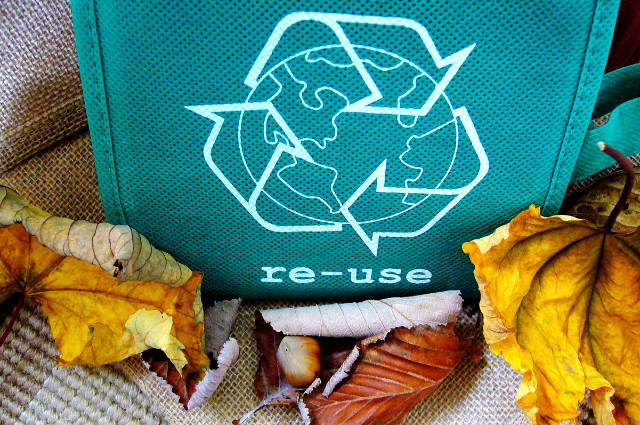
Image by Shirley Hirst from Pixabay
The circular economy stands as a transformative approach to production and consumption, emphasizing maximum resource efficiency and minimal environmental impact. In contrast to the linear economy, which follows an extract-use-discard model, the circular economy aims to prolong the value of products, materials, and resources. This shift benefits not just the environment by conserving natural resources, but also spurs innovation and economic growth by prompting businesses to rethink their operational strategies.
Embracing circular economy practices becomes imperative for businesses aspiring towards sustainability and enduring success. Waste reduction lies at the core of this model, urging companies to adopt measures like lean manufacturing to minimize waste and increase value creation with fewer resources. Strategic product design plays a crucial role; durable products can extend their lifespan and reduce the need for constant replacement. By fostering a culture of resourcefulness and reusability, businesses can contribute significantly to a more sustainable future while reaping the benefits of enhanced efficiency and innovation.
Recycling plays a crucial role in the transition towards a more sustainable and environmentally conscious society. By transforming waste into valuable resources, recycling contributes to the concept of a circular economy where resources are reused and recycled instead of being disposed of in landfills. Businesses have the opportunity to adopt closed-loop recycling systems, which involve reintroducing materials from end-of-life products back into the production cycle. This approach not only reduces the demand for virgin materials but also minimizes the environmental impact associated with extracting and processing raw materials.
An example of this can be seen in the electronics industry, where companies are implementing take-back programs to facilitate the recycling of old devices. By recovering materials such as metals and plastics from these devices, companies are able to manufacture new products while conserving valuable resources. Moreover, this proactive approach helps businesses comply with regulatory requirements concerning electronic waste management.
Furthermore, businesses can implement internal recycling processes to enhance their sustainability efforts. For instance, manufacturing companies can recycle water used in production processes, effectively reducing water consumption and limiting wastewater discharge. By incorporating recycling practices into their operations, businesses can contribute to a more sustainable future while also benefiting from cost savings and improved resource efficiency.
In the realm of sustainable business practices, the adoption of circular economy principles presents both challenges and opportunities. Businesses looking to transition to circular economy models may encounter obstacles such as high initial costs, technological restraints, and the necessity for shifts in consumer behavior. Nonetheless, the potential long-term advantages like cost efficiencies, improved brand image, and alignment with environmental standards often outweigh these hurdles.
To effectively integrate circular economy practices, companies must allocate resources towards research and development, foster collaboration with stakeholders along the supply chain, and establish public-private partnerships. Furthermore, educating consumers on the significance of circular economy practices can stimulate interest in eco-friendly goods and services, thereby driving market demand for sustainability.
In conclusion, the shift towards a circular economy is not merely a passing trend but a vital imperative for businesses striving for sustainability. Through waste reduction, material recycling, and resource reuse, companies can significantly lessen their environmental impact while also fostering innovation and resilience in a rapidly evolving market landscape.
The widespread impact and rapid escalation of COVID-19 presented extraordinary challenges that compelled nations to thoroughly reassess their economic strategies rather than simply amend or rearrange them. As the global community strives to recover, the concept of a "Green Recovery" has emerged as a crucial strategy, integrating environmentally friendly and sustainable practices into economic planning.
A Green Recovery goes beyond simply revitalizing wealth and financial systems; it entails doing so in a manner that prioritizes ecological preservation, reduces carbon emissions, and fosters social equity. This approach is pivotal for establishing a robust, resilient, and sustainable future.
In essence, a Green Recovery emphasizes profit-making economic strategies that prioritize environmental conservation, resource efficiency, and social well-being. By aligning economic growth with environmental sustainability, countries can build a foundation for long-term prosperity while mitigating the impacts of climate change.
Thus, understanding and embracing the principles of a Green Recovery are essential for fostering a prosperous, inclusive, and environmentally sustainable future for generations to come.
